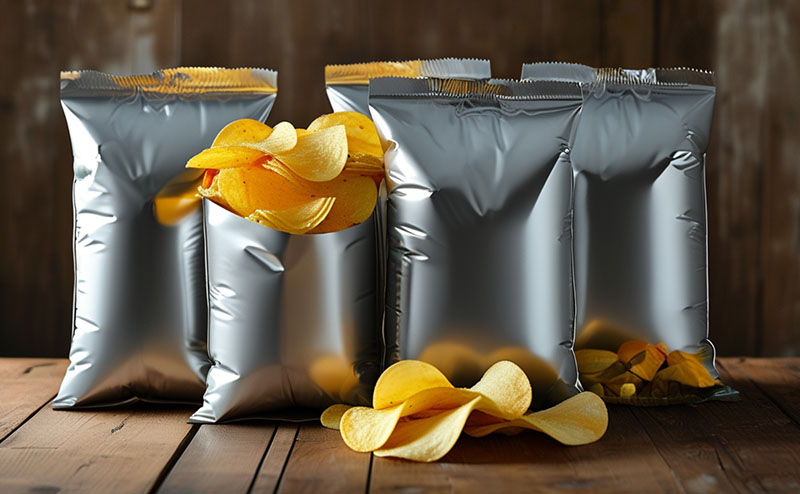As an inert gas, nitrogen can effectively inhibit the growth of most microorganisms and prevent food from oxidation and deterioration, making it very suitable for food preservation. However, the nitrogen here must be high-concentration nitrogen. If the nitrogen concentration is not enough, it will not have the effect of food preservation. Of course, in addition to the quality of nitrogen, the barrier and sealing properties of packaging materials will also affect the shelf life. This article mainly explains the purity of nitrogen packaging.
First of all, there are many benefits of nitrogen packaging, specifically;
1. Isolate oxygen to prevent food oxidation or microbial reproduction.
2. Nitrogen-filled packaging can prevent moisture and prevent food from deteriorating.
3. Nitrogen is colorless and odorless, and will not affect the taste and taste of the food itself.
4. It can resist the squeezing of internal food; it can solve the problem of bumping during storage and transportation of food.
5. Nitrogen is relatively cheap to obtain and has a high cost-effectiveness.
Ideally, if the cost of use is not considered, pure nitrogen is the most ideal for food preservation. But in fact, it is not necessary to produce pure nitrogen, and the cost of obtaining pure nitrogen is very high, so it is not realistic to use it in large quantities. At present, the more common practice is to use nitrogen with a purity greater than 99.9% to fill food with nitrogen for preservation. Nitrogen of this purity can better balance the cost of nitrogen use and the effect of food preservation.
According to regulations, nitrogen filled into food packaging can be regarded as a food additive, but it is usually not marked on the ingredient list. This is because my country has regulations on food additives. When nitrogen is used as a processing aid in the processing of various foods, it does not need to be marked, and there is no limit on the residual amount. Therefore, when food needs to be packed with nitrogen, it is sufficient to choose nitrogen with a purity of more than 99.9%; it can not only ensure the freshness and taste of the food, but also help sellers save nitrogen costs.


